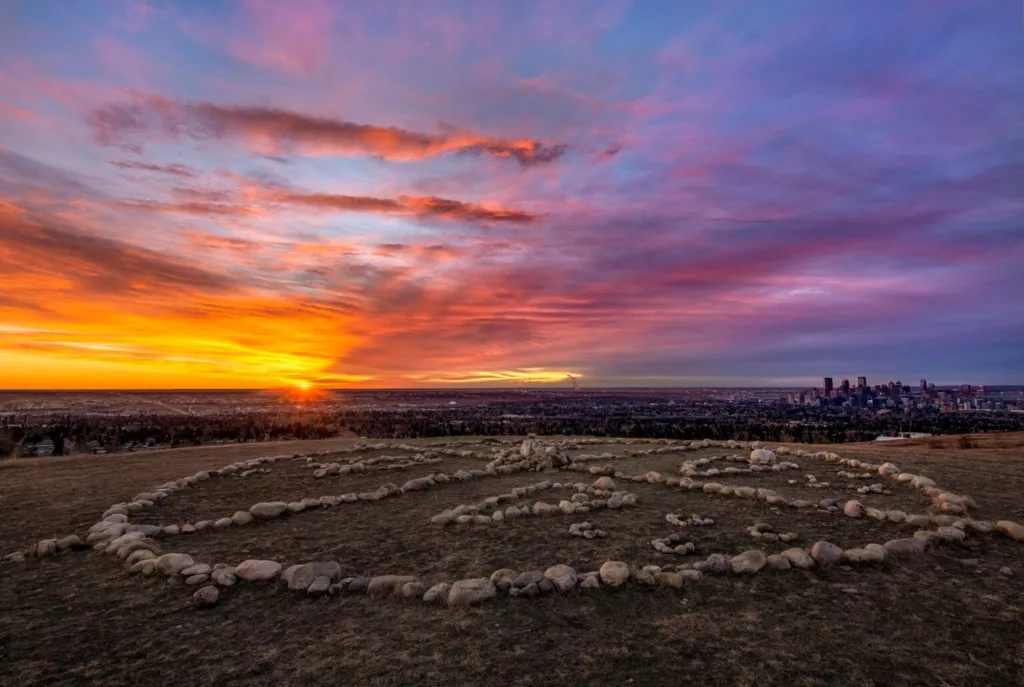
The Medicine Wheel of Native Americans
Native Americans symbols: The Medicine Wheel
In the tribes and cultures of the Southwest the Wheel of Medicine was the symbol of the power of the Knowledge of the secrets of the Universe, including men’s spiritual and physical health.
The Medicine Men, also known as Shamans, were thus the mediators between the source.of this Knowledge and Mankind.
One of the oldest forms of its rapresentation is found in the Big Horn Mountains in the United States. Its white stones date back to more than 600 years: it is one of the biggest Medicine Wheels ever known, with a diameter of almost 28 meters.
The center of the Wheel is always occupied by four lines, making a cross: they represent the cosmic tree, with its roots in the Earth and its crown in the Sky. The circle becomes, thus the symbol of Nature and of the meeting point between Man and the Great Spirit
THE FOUR SACRED DIRECTIONS
Definidas por las cuatro líneas en el interior del círculo
Which are represented by the four lines in the circle
The South: it is the symbol of childhood and Summer. It is associated to the color red, the blood seen as force of vitality, good health and energy. Its symbol is the water, a dual element, where Life and Death meet. Its animal is the Mouse. The mouse as a totem animal represents the importance of small, persistent action. It represents the ability to pay attention to small details and how to discern the important from the irrelevant. Like the actual creature, the totem mouse represents heightened awareness to small details and the virtue of sometimes being timid and sacrificing one’s ego.
The West represents the Earth: material world and growth, adulthood, and it is associated to Autumn. Its color is black: the only color that absorb all others to protect them. Black is also the color of the “Moon Tipis”, where women retired during the menstrual period. Its animal is the Bear, with all his strength. The bear is a solitary animal capable of ferocity, and as a totem animal, it signifies the importance of taking command and leading with aloof aggressiveness. It also represents the need for solitary reflection, and it is a symbol to lean on when individual, lone courage is required.
The North indicates wisdom, old-age and Winter. Its color is white: the sum of all sum of all colors of light, and thus symbol of integrity and fullness of knowledge. It is associated to the Bison, an animal that sacrifices for men and gives them everything they need (meat, skin, horns). As a totem symbol, the bison represents groundedness, solidness, sheer power, and abundance. It represents strength and a deep, firm connection to the earth.
The East is Spring: a new life after Death, associated to the color yellow and to fire. It is the symbol of the highest illumination: its animal is the Eagle, the only creature who can fly close to the Sun In most native tribes, the eagle stood for spiritual protection, as well as strength, courage, and wisdom. Like an eagle in flight, as a totem animal, the bird represents the ability to see broad truths that we cannot see from our normal earth-bound perspective.

Stone medicine wheels have been built and used for ceremonies for millennia, and each one has enough unique characteristics and qualities.
One of the older wheels, the Majorville medicine wheel, in Alberta, has been dated at 3200 BCE (5200 years ago) , and like Stonehenge, it had been built up by successive generations who would add new features to the circle. Due to that and its long period of use (with a gap in its use between 3000 and 2000 years ago, it is believed that the function of the medicine wheel changed over time.
It has also been suggested that some of the wheels had astronomical significance, where spokes on a wheel could be pointing to certain stars, as well as sunrise or sunset, at a certain time of the year, suggesting that the wheels were a way to mark certain days of the year.
Discover all the tribes symbology in our Native Americans Collection
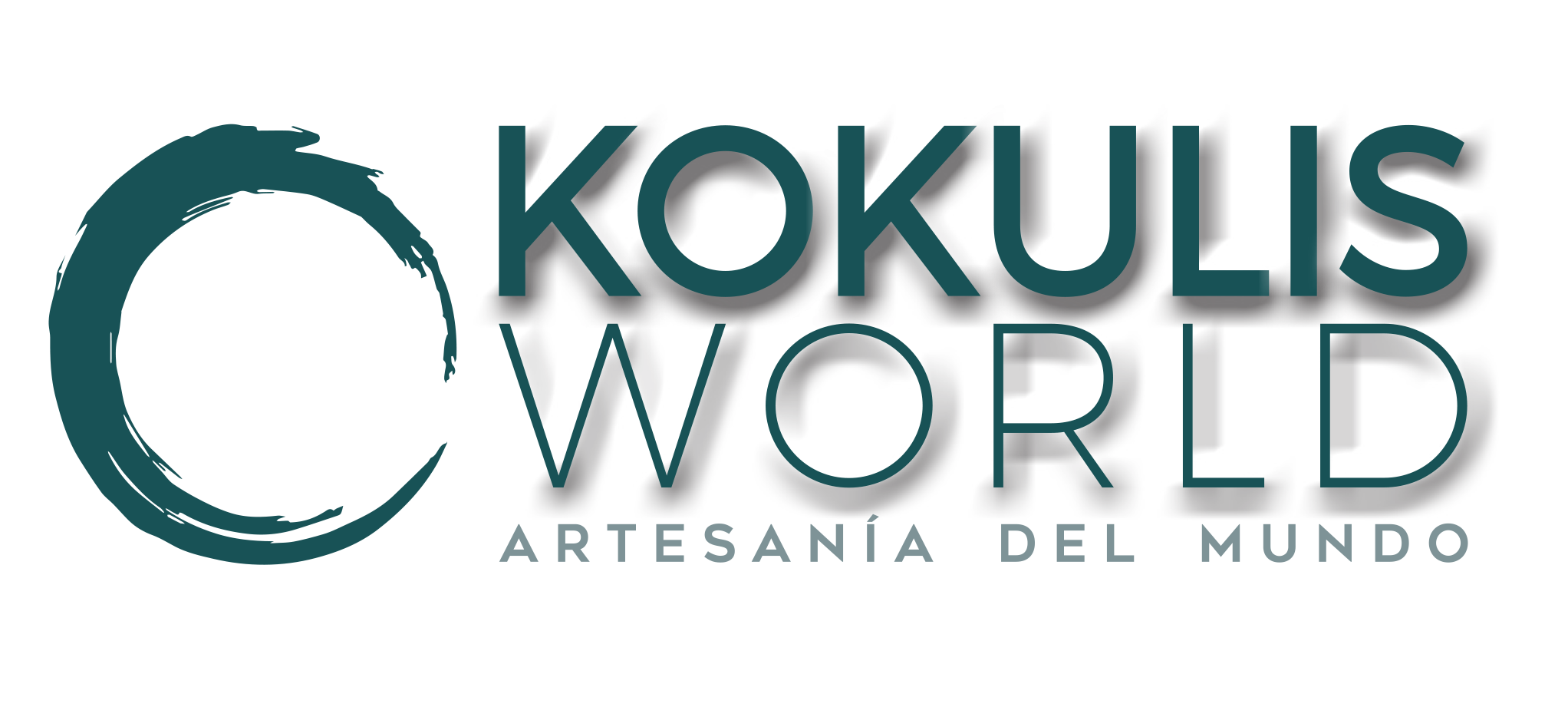

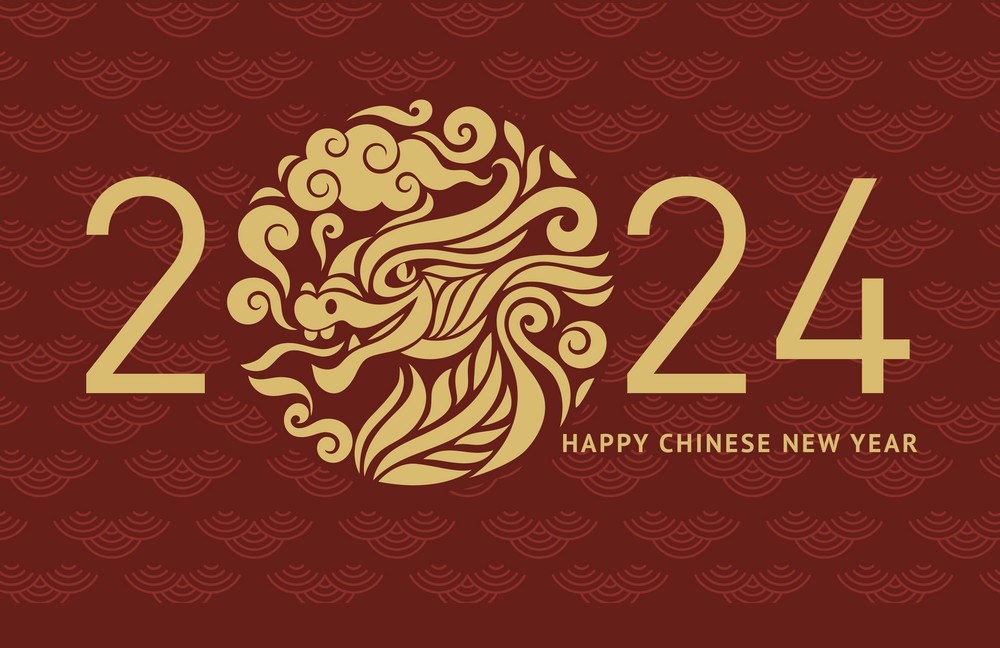

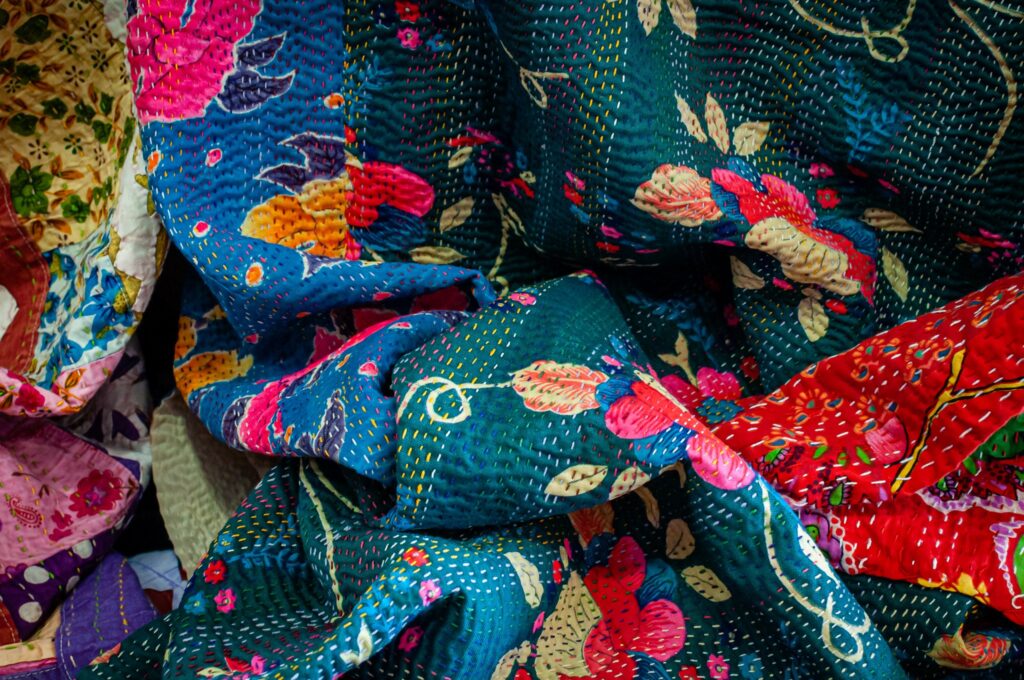



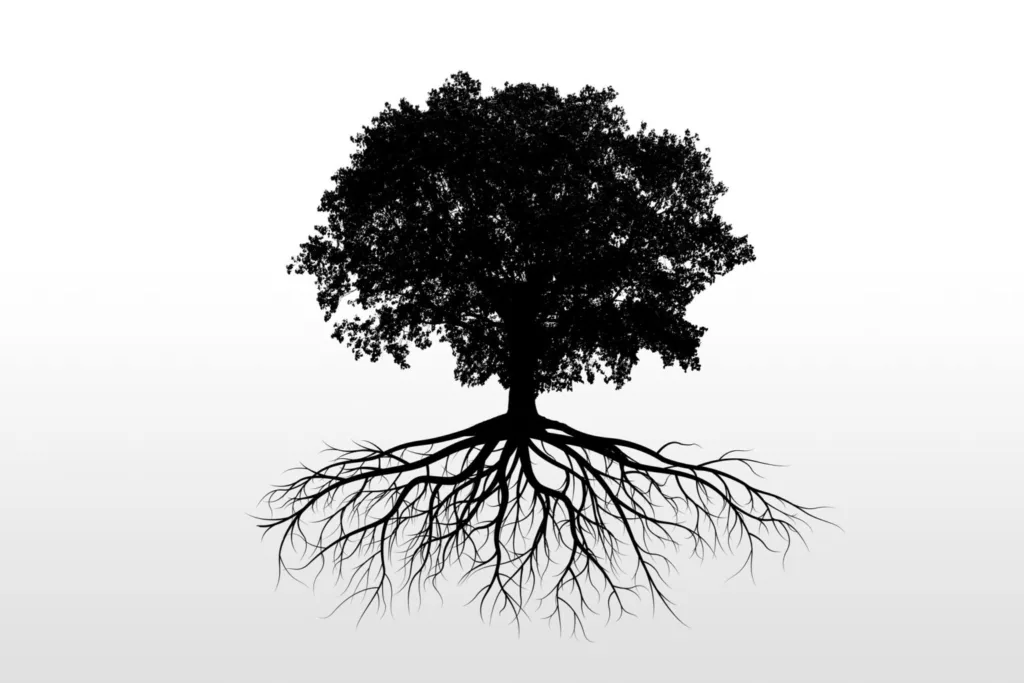

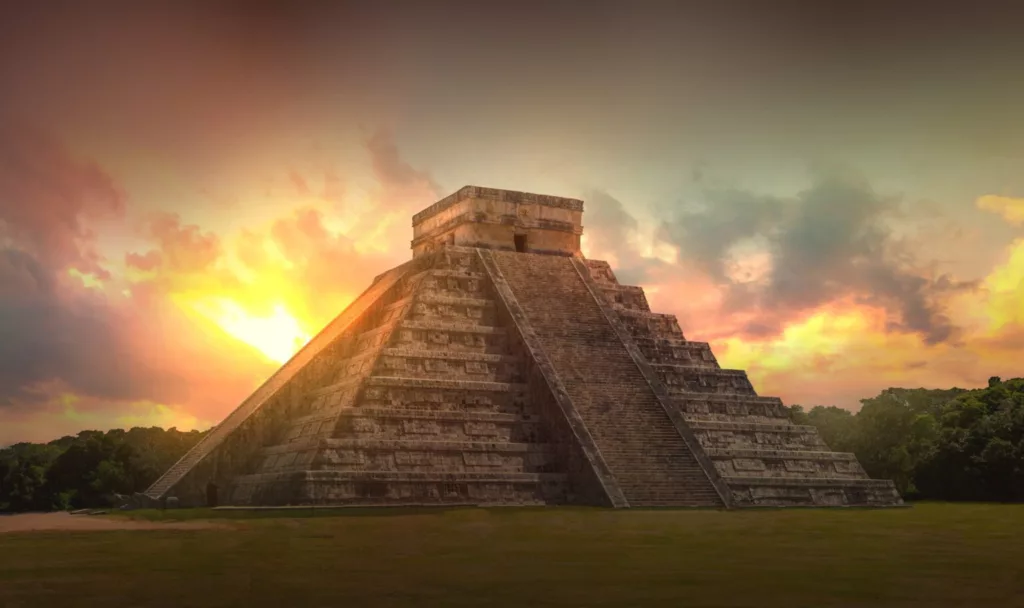
Leave a Reply